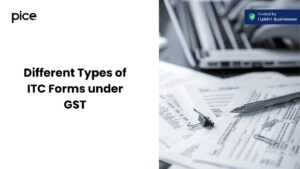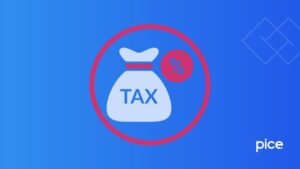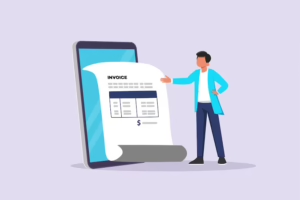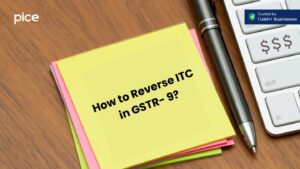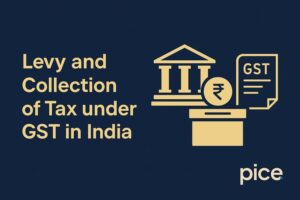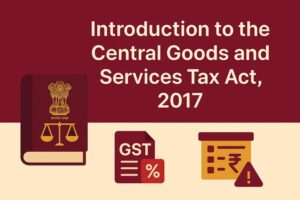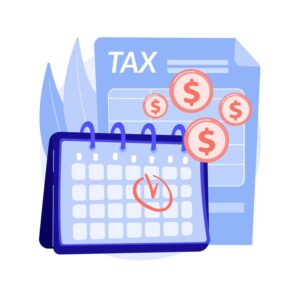GST Refund Process: Who Can Claim Refund in GST?
- 2 Apr 25
- 13 mins
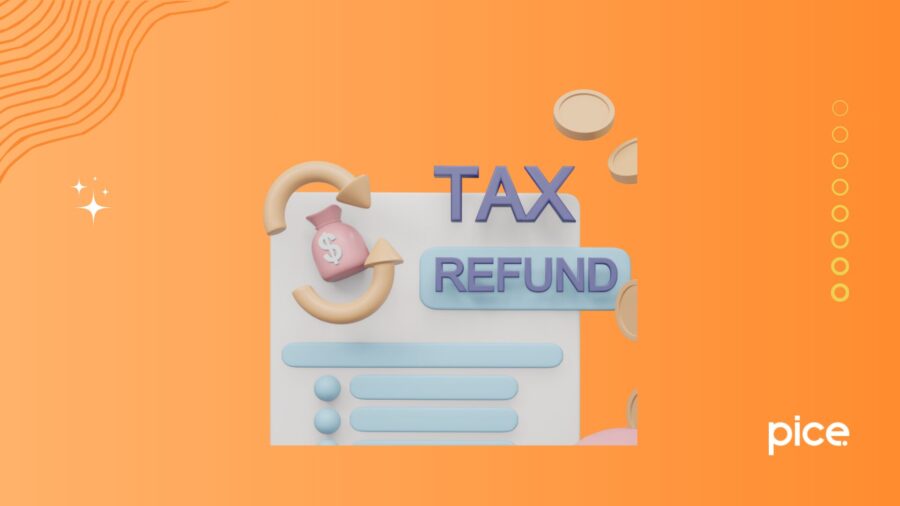
GST Refund Process: Who Can Claim Refund in GST?
- What Is a GST Refund?
- Who Can Claim GST Refund?
- Steps to Submit a GST Refund Pre-Application Form
- Refund Process of IGST Paid on Export of Goods (With Tax Payment)
- Steps to Apply in Form RFD-01 for Different Types of GST Refunds
- Refund Claim by Unregistered Person
- GST Refund Process for Embassies and International Organisations
- What Happens After the GST Refund is Applied?
- Conclusion
Key Takeaways
- GST refunds help reclaim excess tax paid.
- Exports, embassies, and ITC mismatches are common refund cases.
- Form RFD-01 is used for most refund claims.
- Specific statements and formats are required per refund type.
- Refunds may be approved, withheld, or sent back for correction.
As the Goods and Services Tax (GST) was introduced, the tax authorities also put forward various effective mechanisms for refunds. Following this organised provision, many taxpayers have already filed refund claims by accessing standardised methods.
In this blog, you can learn about the GST refund process in detail and get a fair idea about who is required to claim a GST refund.
What Is a GST Refund?

A GST refund is a prescribed procedure through which registered taxpayers can claim the extra amount they paid as tax in case they exceed the actual GST liability. To submit a valid claim, one must upload a refund application on the official GST portal.
Who Can Claim GST Refund?
Many categories of taxpayers as well as situations correspond to the process of a GST refund. These comprise of:
- Excess Payment of GST: Taxpayers who trade in zero-rated supplies and exporters often find that their accumulated ITC is crossing their output tax liabilities. At these times, they can claim a refund.
- Purchase by Embassies or UN Agencies: When a foreign embassy or any of the United Nations agencies make a purchase, these transactions are eligible for a GST refund.
- International Tourists: Foreign tourists can claim a GST refund on goods bought if they maintain the right process before leaving India.
- Inverted Duty Structure: This is a typical situation where the GST charged on inputs is greater than the GST obtained on outputs. Companies in these cases can ask for a refund for the accumulated input tax credit.
- Error of Mismatch in GST Payment: In some situations, the taxpayers can notice a miscalculation in their returns or GST payments which had earlier resulted in excess tax payment. To rectify this, individuals and businesses can file for a refund via the unified portal.
Steps to Submit a GST Refund Pre-Application Form
A GST pre-application refund form enables a taxpayer to provide key details about their business. Below, you can find the steps to upload a GST refund pre-application document:
Step 1:
- Enter your valid GSTIN credentials and complete the login process.
- Navigate to the Services tab and select ‘Returns’ to access the ‘Refund Pre-Application Form’.
Step 2:
- On the page dedicated to 'Refund Pre-Application Form', enter the requisite information and click on 'Submit'. After the final submission, you will see a Success message displayed on your device screen.
Refund Process of IGST Paid on Export of Goods (With Tax Payment)
The tax authorities have involved multiple steps in the refund procedure for Integrated Goods and Services Tax (IGST) to guarantee flawless reimbursements. Under this section, exporters need to upload an appropriate export declaration (Bill of Export/ Shipping Bill) and carefully state IGST payments against each export.
After the Customs authorities go through the particulars and verify acknowledged receipts of the exported supplies, the refund claim is processed online. Next, a taxpayer's application is sufficiently scrutinised to determine genuineness and completeness.
Finally, the GST council processes the refund amount and transfers it securely to the exporter's registered bank account. It is a streamlined procedure that boosts cash flow for all exporters and expedites international trade.
Steps to Apply in Form RFD-01 for Different Types of GST Refunds
Taxpayers can follow these steps to complete refund application filing in RFD-01:
Step 1: Enter into your GSTIN account and navigate to ‘Services’. Then, click on ‘Returns’ and pick the option - ‘Application of refund’.
Step 2: On the next page, specify the type of refund or reason for your refund claim and select the ‘Create refund application’ option.
Step 3: Pick a period against which you wish to claim a refund. After this, either select ‘Yes’ or ‘No’ for ‘If you want to file a nil refund’.
Those filing a nil return can check the declaration box and proceed to claim by applying their EVC or DSC.
Step 4: Provide the remaining information in the relevant fields depending on the return type picked earlier.
Type 1: Excess Cash Balance in Electronic Cash Ledger
Under this section, you must specify the value of cash that can be claimed as a refund.
Type 2: Excess Tax Paid Through GSTR-3B
In the related fields, provide the particulars of the GSTR-3B where some tax payments were processed in cash mode of payment.
Type 3: Accumulated ITC Due to Exports of Goods and Services Without Payment of Tax
Step 1: First, the taxpayer must download Statement 3 to specify the required details of export invoice papers against which a refund will be claimed.
Step 2: Next, the filer has to generate the respective JSON file and submit it on the official GST website. Before doing this, one must cross-verify for errors.
Step 3: The person must mention the aggregate turnover of the company in the column marked as 'Computation of Refund to be claimed Statement-3A [rule 89(4)]'. Additionally, the net input tax credit and adjusted total turnover have to be highlighted.
Step 4: In the end, the Council will run validations to determine the maximum possible refund that a taxpayer is truly eligible for.
Type 4: Accumulated ITC Due to Supplies Made to SEZ Unit/ SEZ Developer (Without Payment of Tax)
Before addressing this part, the company's GSTR-1 and GSTR-3B of the relevant tax period need to be filed. Following this, the steps for executing the GST refund process remain unchanged when compared to the Type 3 refund as described above. Nonetheless, the document becomes Statement 5 and the taxpayer should offer a CSV file in place of a JSON this time.
Type 5: Accumulated ITC Due to Inverted Tax Structure
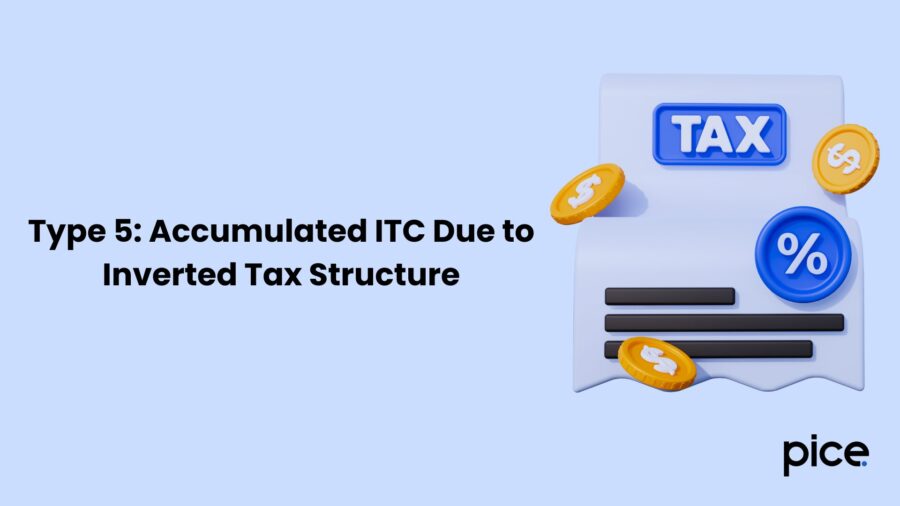
An inverted tax structure refers to a situation when the GST rate and the money spent on inputs together exceed the outputs. However, the steps for a GST refund process stay the same as shown above (for Type 3).
For the type 5 GST refund procedure, you must go with Statement 1A. Next, you must provide the necessary information like the turnover of inverted rated supplies, adjusted net turnover, total input tax credit, payable tax amount and so on.
Type 6: Refund by the Recipient of Deemed Exports
When a receiver of deemed exports has settled the tax on inward supplies and has subsequently claimed the input credit against the amount in the electronic credit ledger, they become eligible for a GST refund. However, the supplier involved in this type of transaction may not claim a monetary refund.
If you are wondering what will be the steps of the GST refund process in this case, then you can simply follow the steps as discussed for Type 3. However, remember the statement here has to be Statement 5B. To initiate the process, you must provide some key information like the refund amount to be claimed and the net ITC of deemed exports.
Type 7: Tax Paid on Supplies Made to SEZ Unit/ SEZ Developer (With Payment of Tax)
Once again the steps for a GST refund process stay the same as shown in Type 3. However, the tax filer must access Statement 4 on this occasion. Accordingly, depending on the statement provided, the refund amount will be auto-populated by the system.
Type 8: Tax Paid on an Intrastate Supply Later Held as Interstate Supply and Vice Versa
Steps for GST refund claiming are similar to the Type 3 category of taxpayers, however, the statement to be accessed here is Statement 6. You can see the refund amount being auto-populated depending on the documents and invoices uploaded.
Type 9: Refund by the Supplier of Deemed Exports
As a responsible tax filer, make sure to follow the same steps as the Type 3 GST refund process described earlier. However, here the statement turns out to be Statement 5B. Effectively the return amount gets auto-filled depending on the earlier statements provided.
Type 10: Refund of IGST Paid on Export of Services (With Tax Payment)
Under this section, consider using the same procedure as the above Type 3 refund. While picking a statement, you should go for Statement 2 and depending on the statement uploaded you will see the refund amount getting auto-populated.
Type 11: On Account of Assessment or Provisional Assessment or Appeal or Any Other Order
In this case, first, the registered person needs to specify the type of order. Next, they must provide information about the same. Some key details that have to be included here for a fair assessment are as follows:
- Demand ID
- Order Number
- Order Date
- Order Issuing Authority
Following the above-mentioned section, one must specify the individual values of their refund amounts, which comprise IGST, SGST/UGST, CGST, cess and overall excess GST payments.
Type 12: Refund on ‘Any Other Ground’
A possible refund scenario can arise when a regular taxpayer mistakenly pays excess interest through GSTR-3B. If such a situation arrives, you can state the reason for a refund within 200 characters and finally mention the refund amount.
After following the steps for a GST refund process as mentioned for Type 3, all a filer needs to do is enter appropriate bank account details, provide the required supporting documents and sign the declaration after checking the types of refunds.
Note: You can upload up to 10 supporting attachments. However, the file size for each of these files should not exceed 5 MB each.
Next, you can preview your GST refund application, and the saved draft remains available for the taxpayer's voluntary changes for 15 days. You can click on ‘Proceed’ after ticking the checkboxes for self-declaration and undertaking.
At the end, you must file RFD-01 through EVC or DSC. Once done, you can refer to an application reference number (ARN) that is shown on your device screen. For checking the status of your refund claim, you can use this code in future.
Refund Claim by Unregistered Person
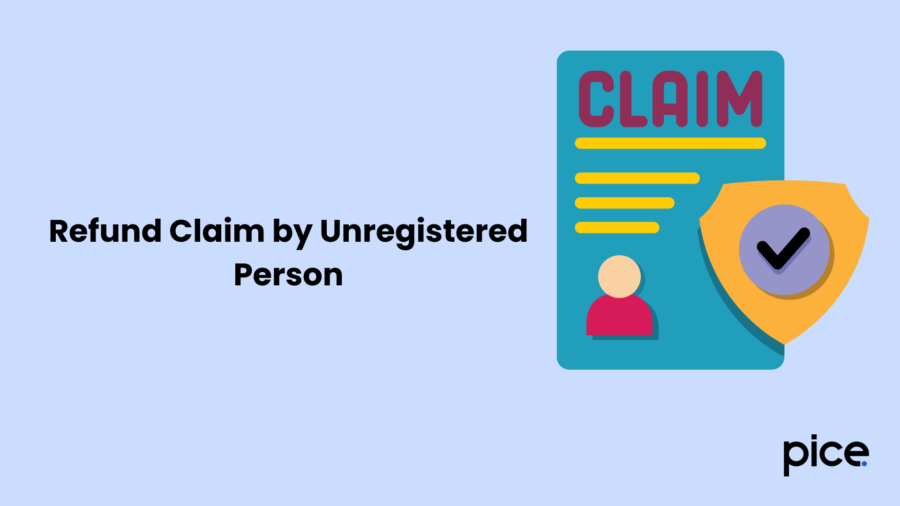
Any unregistered person should first apply for a GST registration. Then they can opt for a refund in RFD-01 utilising Statement 8. Additionally, they will require some supporting documents and a supplier certificate.
GST Refund Process for Embassies and International Organisations
Two possible methods can be accessed by international organisations and embassies to claim GST refunds in India:
- First, the entity must take hold of GSTR-11 to produce a refund application via form RFD-10.
- Otherwise, they need to access the RFD-10 using the Returns dashboard after signing into the GST account.
If an organisation decides to access GSTR-11 that has been filed for a selected quarter/ period, then they must go with the ‘Generate RFD-10’ option.
Next, it is necessary to check the embassy/ organisation radio button and go to the ‘Create’ option. The concerned individual can now view an auto-populated table titled as ‘Details of the tax paid on purchases as reported under GSTR-11’. If needed, the information within this table can be edited too.
Before a person submits the report, they can preview the details and decide whether to submit it with EVC or DSC.
If an organisation selects the second method, then they must navigate to the ‘Services’ tab and pick ‘Refunds’ after opening the GST homepage. After this, they must select ‘Application for Refund’. Next, they can proceed by selecting ‘Embassy/International Organisation’ and clicking on ‘Create’.
Consequently, the person applying for a refund can verify the paid tax eligible for a refund getting auto-populated with the help of GSTR-11. It is possible to edit the values shown in this table. The rest of the steps remain the same as described in the first case.
What Happens After the GST Refund is Applied?
When a GST refund request is successfully applied, the following can be an officer’s actions:
- In the form of RFD-04, a provisional refund can be provided in certain cases. This needs to be generated within 7 days starting from the refund application acknowledgement date with a minimum of 90% of the claimed refund GST guaranteed.
- A response in form RFD-02 is generally processed within 15 days of filing a refund request.
- A refund processing officer can issue a deficiency memo to rectify any mistakes made by the refund applicant. At this point, if the ledger was debited during the refund filing, the refund amount will be automatically re-credited. The applicant must submit a fresh application in these cases.
- If a rejection order is passed, the applicant will receive form RFD-06 from the officer. After this, the claimant must make a payment order through form RFD-05.
- Finally, instead of issuing a refund order (RFD-05), in specific situations, the tax officer can issue an order to withhold the sanctioned refund using form RFD-07 (part-B).
Conclusion
With a thorough understanding of the GST refund process, sellers, manufacturers and exporters can easily process excess tax refunds and track their GST refund status. In addition, they can remain aware of the documents needed while conducting the exercise.
However, if these tasks seem complicated you can consider relying on tax professionals for the best results.
💡If you want to streamline your payment and make GST payments via credit or debit card, UPI consider using the PICE App. Explore the PICE App today and take your business to new heights.
 By
By 







